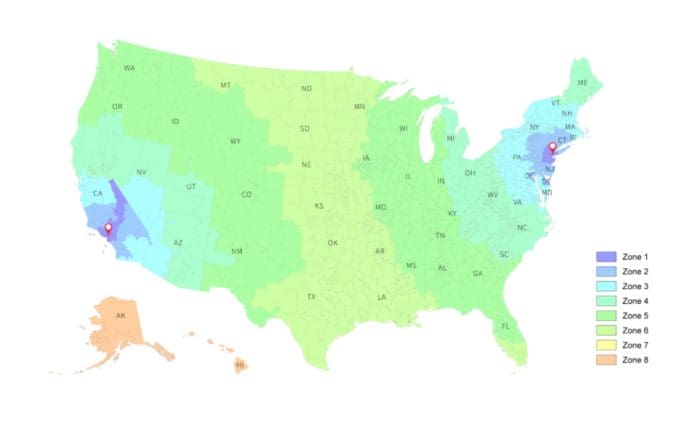Your online store is up and running, and a few days later, orders start rolling in. How do you get these products from your store to the customers’ addresses? This can be a significant challenge, especially if the orders need to be delivered outside the state.
Here is where ecommerce fulfillment comes in. Companies providing fulfillment services do all the behind-the-scenes work to ensure your products go from your inventory to your customers’ homes and offices.
Let’s take a look at what steps are involved during ecommerce fulfillment.
Inventory Management
Your stock must arrive at the fulfillment hub before selling can begin. Think of a fulfillment hub as a third-party logistics warehouse. There, items are counted and inspected for damage before being entered into the inventory system.
Errors in stock management can lead to costly expenses such as overstocking or understocking. In addition, proper inventory management makes it easier to keep track of your inventory and product catalog.
Order Processing
Once a customer clicks to check out with their shopping cart, the inventory management system updates. The order is sent to your third-party logistics company. This can be done manually. However, it can be stressful and time-consuming if you run a big online store.
The best option is to sync your store with your inventory management system. You will get timely updates after every order is processed. The inventory system will also send notifications if a product is understocked.
Ecommerce Fulfillment Picking and Packing
Employees at the fulfillment hub will get the items and pack the orders in mailer boxes. Orders can be grouped by zone or product type. Grouping orders can cut labor costs and times significantly.
Most ecommerce fulfillment companies like Packageman offer extra packaging services for orders requiring custom packaging. This can be necessary for fragile or uniquely shaped items.
Shipping and Last-Mile Delivery
Your orders are now ready for delivery. Carriers like UPS, Amazon, and DHL collect the items ready for delivery. At this point, shipping labels and tracking barcodes are generated. Having tracking codes makes it easier for your customers to monitor deliveries and plan their routines.
You can prevent customers from canceling orders by keeping delivery times under three days.
Ecommerce Fulfillment Return Management
Mistakes can happen, and sometimes customers will request refunds after the product has been delivered. An ecommerce fulfillment service from a third-party logistics company can handle the returns on your behalf. It is important to have a smooth return policy and reverse logistics process.
Customers will buy from your business again if returns are easy.
Final Takeaway
Your product can be great, but if it arrives late or damaged, it will hurt your business. Choosing the best third-party ecommerce fulfillment service should be a top priority. One bad delivery and accompanying negative review can lead some potential customers to select a different online store.
Research and find third-party logistics with the best rates and quality service in town. Streamline the delivery and return processes to avoid extra shipping costs.







